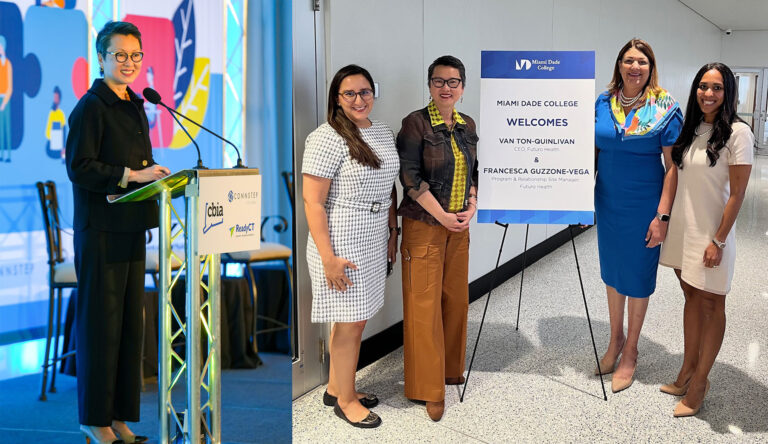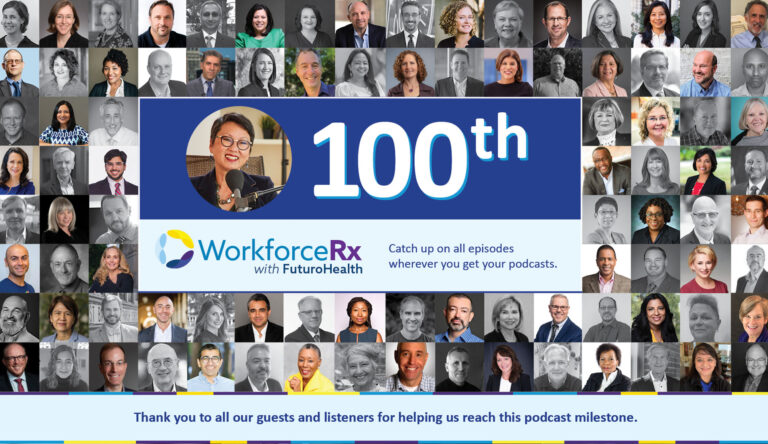
We need to own up to some hard truths. It’s getting dire out here. There are pervasive shortages in healthcare workers across the spectrum. It doesn’t matter what state or country you’re in, or what field – there is a shortage of these essential workers.
It was a pattern I heard while speaking at the World Health Organization and the National Governors Association and something I observed in my role as chair of the California Workforce Healthcare Education and Training Council.
Just look at California alone. Does California have a shortage of primary care doctors? Yes. A shortage of specialty nurses? Yes. A shortage of workers in allied health roles? Yes again. How about a shortage of workers in oral health roles? Yes. And what about a shortage of mental and behavioral healthcare workers? Yes, in this field as well. However, California is not the only place experiencing this. In fact, California is a microcosm of this trend that is not only national but global as well.
In the U.S., “On the mental and behavioral health front alone, it would take 77,000 more school counselors, 63,000 more school psychologists and probably tens of thousands of school social workers to reach levels recommended by professional groups before the pandemic hit,” according to a recent article in the Washington Post. “Typically, the jobs require a master’s degree, meaning six or seven years of higher education. The pipeline does not flow rapidly.”
In the meanwhile, communities – from children to adults – struggle.
Even maintaining the existing workforce is not enough. As the population ages, the demand for care and caregivers also increases. In 1950, there were 11.7 working-aged people for every person over the age of 65. Today there are only 7. And worse, by 2040, this number is expected to shrink to 4.4. That is not sustainable.
By 2050, the population that is 65 and older will more than double. This older population will grow from 9.4% to 16.5% of the total population. It is projected that 40% of in-home care is provided by family members, many of whom are thrust into this role. As demands for care increase as the population ages, it will further challenge our nation’s already limited supply of healthcare workers in the workforce. If we continue this path, who will care for our family when they get sick? Or for us when we age?
We know there are untapped talents wanting the opportunity to work in healthcare. Our focus groups showed they did not know how to enter the field, and those who managed to do so incurred too much debt. Futuro Health recently announced a new $100 million commitment from Kaiser Permanente to expand our services nationwide beyond California, including Colorado, Oregon, and Washington, to continue this work.
Our mission is to improve the health and wealth of communities by growing the largest network of allied healthcare workers in the nation, and we do that by making education journeys into careers in healthcare possible through growing talent for employers and connecting workers to opportunity. At Futuro Health, we are facing the allied healthcare workforce shortage everywhere and all at once head-on.
Futuro Health CEO Van Ton-Quinlivan is a nationally recognized expert in workforce development. Her distinguished career spans the private, public, and nonprofit sectors. She is a White House Champion of Change and California Steward Leader, and formerly served as Executive Vice Chancellor of the California Community Colleges.



